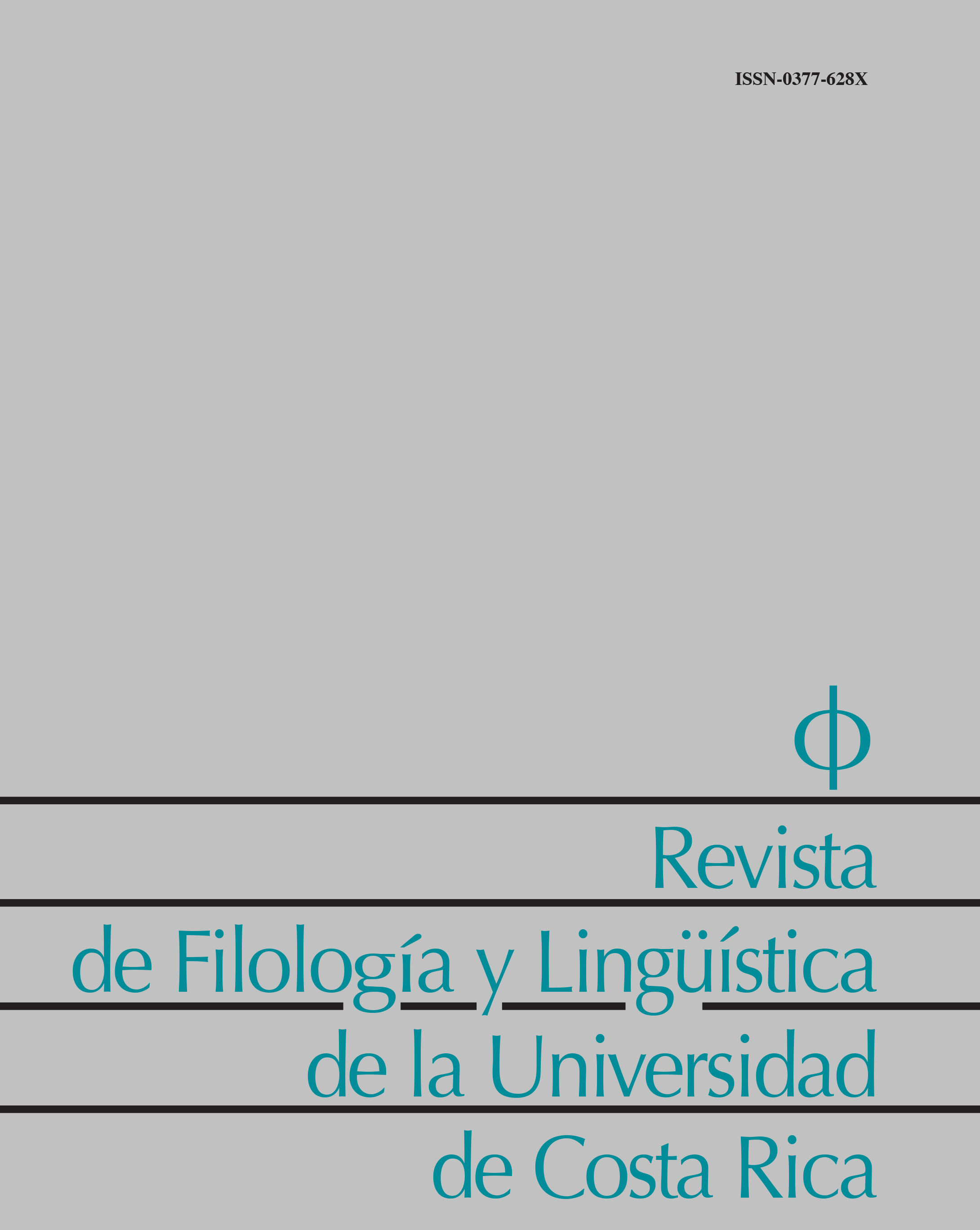Abstract
In this essay are analyzed the strategic narrative and the pictures related to the chocolate within the José Carlos Carmona’s novel Chocolate flavor (2008), and Julio Cortázar’s tail “Circe” (1951). The word chocolate, its symbols and meanings when it is being eaten and at the moment of eating it and writing about it expands in the literary speech loving pictures, sensual, historic and economical as well as visual characteristics. Thus, it is performed an interpretation related to the propposal about the game and the art of Hans-Georg Gadamer, following the epigraph and Reading key in the novel of Carmona: “Todo jugar es un ser jugado” (every play is a being played itself). Chocolate Flavor is about the life of the characters through an obsession due to the chocolate, the love/lack of love, the chess and music; meanwhile in “Circe” it is shown chocolate’s seduction in hands of Delia, which causes death of the lovers with its marshmallows and liquors. The game with the readers arises from a fantastic prose and its possibilities in the ambiguity of the narrative. Thereby, chocolate can be perceived from equidistant points of view; be experimented, tasted from the corporality of the protagonists, enjoying or agonizing with the bitter or sweet of the flavor.
References
Calderón Puerta, A. (2007). La trampa de Circe. El motivo mitológico en dos relatos de Julio Cortázar y Dino Buzzati. Reescritura e intertextualidad. (pp. 75-92). Varsovia: Instituto de Estudios Ibéricos e Iberoamericanos.
Carmona, J. C. (2011). Sabor a Chocolate. México: Punto de lectura.
Cortázar, J. (1986). Circe. Bestiario. (pp. 27-43). Barcelona: Jorge Luis Borges, Biblioteca personal.
Espinosa Cisneros, O. (2012). El cómplice y el perseguidor. Arte poética en Julio Cortázar. Zacatecas: Ediciones de Media Noche, Taberna Libraría Editores.
Gadamer, H. G. (1998). Verdad y método. Fundamentos para una hermenéutica filosófica. Salamanca: Sígueme.
Gadamer, H. G. (2002). La actualidad de lo bello. El arte como juego, símbolo y fiesta. Barcelona: Paidós.
Goyalde Palacios, P. (1998). “Circe” de Julio Cortázar: una lectura intertextual. Arrabal, (1), 113-118. Recuperado de www.raco.cat/index.php/Arrabal/article/view/140435
Macgregor, J. B. (2008). Entrevista a José Carlos Carmona por “Sabor a chocolate”. ANIKA entre libros. Recuperado de http://www.anikaentrelibros.com/entrevista-a-jos--carlos-carmona-por--sabor-a-chocolate-
Orueta, S. D. (2013). Gadamer: El arte entendido a través del juego. SCIENTHIA HELMANTICA. Revista Internacional de Filosofía, 2, 80-98.
Ryan, O. (2016). Naciones de chocolate. Vivir y morir por el cacao en África Occidental. México: Paidós.

